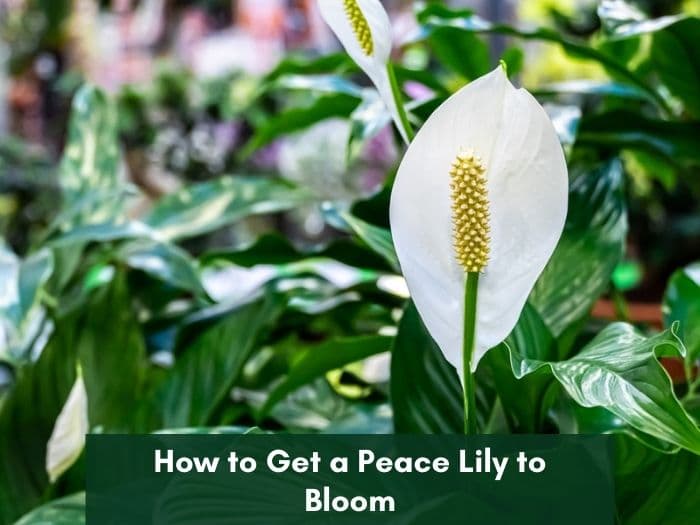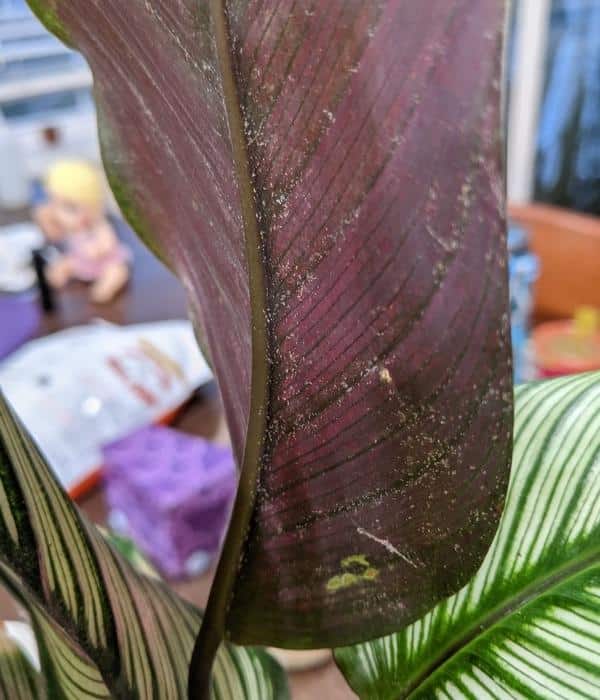10 Resilient Plants that Grow in Dark Rooms
Some rooms in every house get much less natural light than others. Few or no windows, lack of doors nearby, and their positioning mean hallways, bathrooms, and basements remain dark most of the day, but that does not mean you cannot decorate them with houseplants.
Yes, certain indoor plants can thrive in very low light, so you can still decorate poorly-lit spaces such as bathrooms and hallways with such plants.
Some of the best indoor plants that grow in the dark are aglaonema, corn plant, snake plant, spider plant, peace lily, ZZ plant, philodendrons, english ivy, cast iron plant, and pothos.
These plants have adapted to survive in environments with limited sunlight. Some of these plants purify indoor air while helping create an indoor jungle.
Low-light plant adaptations
Plants that grow in the dark or very low-light conditions have unique mechanisms that enable them to adapt and survive in low-light environments.
Their adaptations include large, thick leaves and the phototropic ability to follow the light fully. A higher chlorophyll concentration is also common, so you’ll find some of these plants with darker shades of green in their leaves. These adaptations allow them to utilize the limited light to the maximum.
Best indoor plants that grow in the dark
All plants require sunshine to grow, but not all require the same amount and quality of light to thrive. Here are some of the plants that grow in dark or very poorly-lit areas:
1. Chinese Evergreen (Aglaonema)
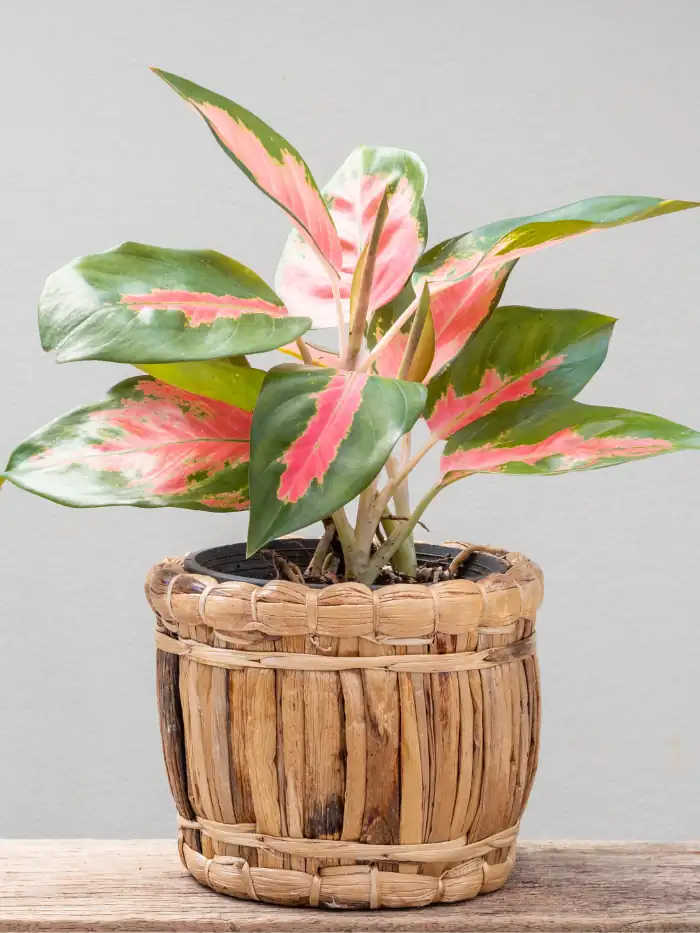
Chinese evergreen has dark green leaves with high chlorophyll concentration, allowing it to absorb and use the limited light in dark rooms efficiently.
Care requirements for aglaonema in low light
- Water: Water only when the top inch of soil feels dry, allowing excess water to drain away. Be mindful of overwatering as the plant is sensitive to it.
- Humidity: Provide extra humidity by placing a tray of water near the plant, spraying the leaves with a spray bottle, or using a humidifier.
- Fertilizer: Feed your plant All Purpose Fertilizer (20-20-20) once every year.
- Temperature: Maintain a temperature range of 65-75℉ around your plant.
Learn more about the different Aglaonema varieties you can choose from.
2. Corn plant (Dracaena fragrans)

Corn plants have adapted to survive in low light conditions by growing taller in search of light. This allows them to reach for the light source and maximize the light they can absorb.
In addition, they have thinner leaves with a higher chlorophyll concentration, allowing them to absorb and use light more efficiently.
To care for your corn plant in low light conditions:
- Fertilize once a month in spring and winter with liquid fertilizer.
- Water only when the soil is completely dry.
- Maintain temperatures of 60 to 75°F.
- Mist their leaves every few days.
3. Peace lily (Spathiphyllum)

The peace lily is a popular indoor plant that is easy to care for. It beautifies and purifies your indoor space with its conspicuous white flowers and dark green leaves.
Spathiphyllum can survive and also bloom in low-light conditions efficiently. In low light conditions, the plant reduces its leaves’ surface area. This helps it conserve energy and maintain health even in areas with limited light.
Care requirements for peace lily in low light conditions
- Water: Lightly water your peace lily once every week or when the top soil feels dry. Underwatering will cause drooping in peace lilies while overwatering will also cause root rot.
- Humidity: Put a humidifier near your peace lily or mist its leaves. It thrives in atleast 60% humidity. Dry air will cause the plant to develop brown leaves.
- Temperature: Maintain a temperature of 65 to 80°F when growing your peace lily in low light conditions.
4. Snake plant (Sansevieria)
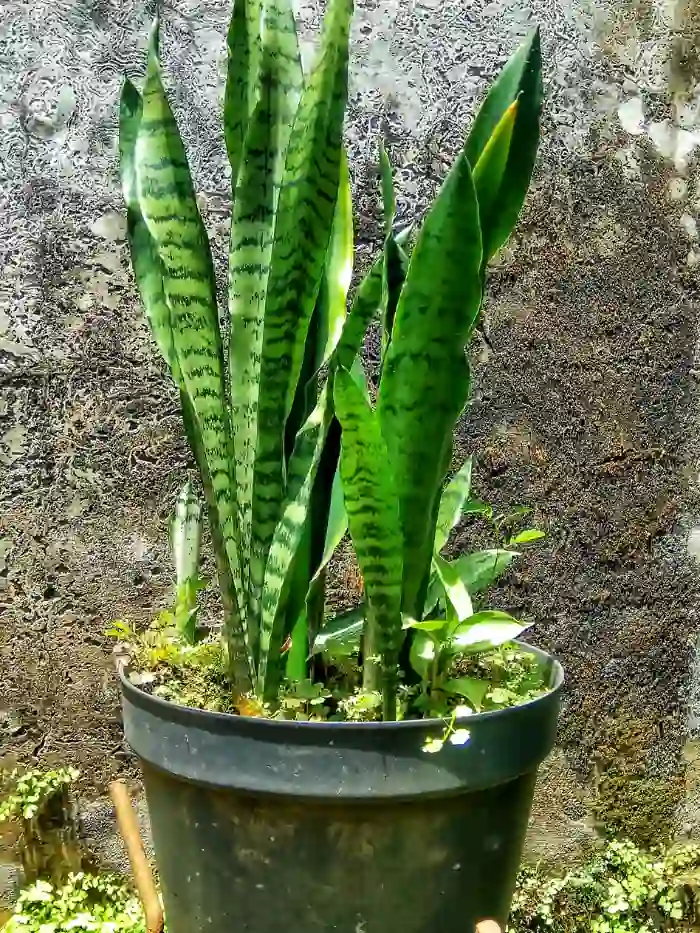
Snake plants can survive in low-light places such as on the stairway, windowless washrooms, and the corners of living rooms. While indoors, snake plants purify the air and remove pollutants.
Here are tips for caring for your snake plant in low-light conditions:
- Water once every two weeks and allow the soil to dry between waterings. Underwatering will cause wrinkling and curling foliage while overwatering can cause the base and the roots to rot.
- Maintain a temperature of between 55 to 85°F. The plant prefers warm conditions but wrinkles and develops brown tips on the leaves when exposed to excess heat.
5. ZZ plant (Zamiolculcas zamiifolia)
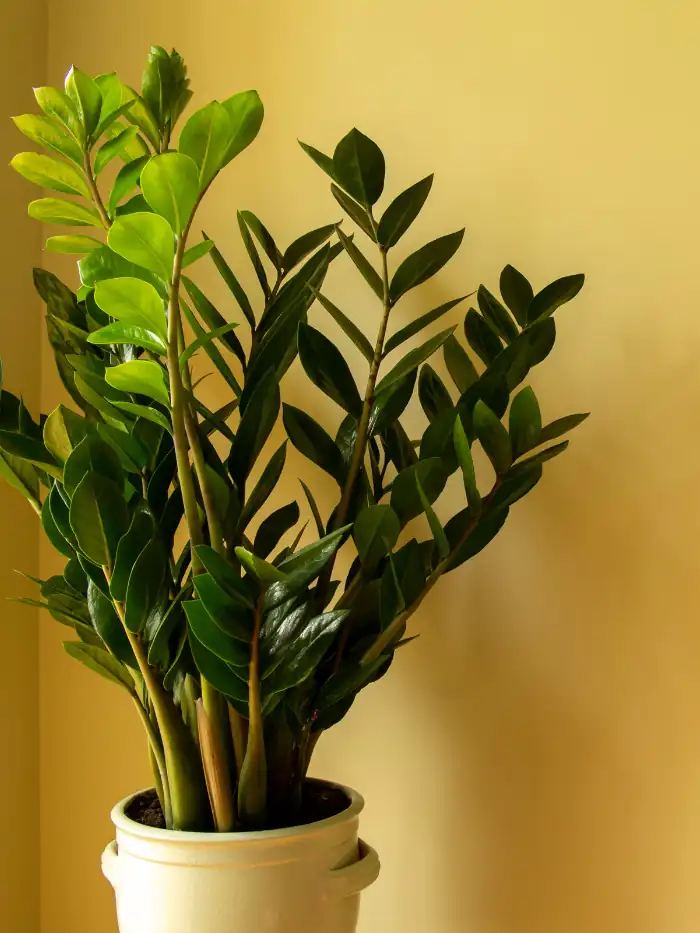
The ZZ plant grows natively in the shady forests of southeastern Africa. Light conditions are very limited in such environments, but the plant uses water-saving photosynthesis to adapt to such conditions.
The ZZ plant stores enough water and nutrients in its waxy leaves, rhizomes, and stems, enabling them not to rely heavily on frequent photosynthesis for food.
To care for a ZZ plant in dark conditions, follow these quick guidelines:
- Water your ZZ plant deeply once or twice every month. Overwatering will cause yellow plant leaves.
- Provide humid conditions between 30% and 40% in winter and 50% and 60% in summer. Alternatively, you can mist your plant by spraying its leaves with lukewarm water.
6. Spider plant (Chlorophytum comosum)

The spider plant has small beautiful flowers and long, dangling leaves. Besides its obvious aesthetics, the spider plant has plenty of benefits when grown indoors, including air cleaning.
The plant can survive in low light conditions since its leaves grow and bend to access the minimal light available.
Additionally, spider plants store energy in their roots, which helps them grow even in less-than-ideal conditions.
To maintain your spider plant to thrive in dark rooms:
- Water lightly once a week. Overwatering a spider plant can cause serious damage, such as wilting, root rot, and leaf discoloration.
- Fertilize once every month using a balanced, water-soluble fertilizer.
- You can move the plant near a window with bright indirect sunlight once every week to keep it healthy.
7. Philodendrons
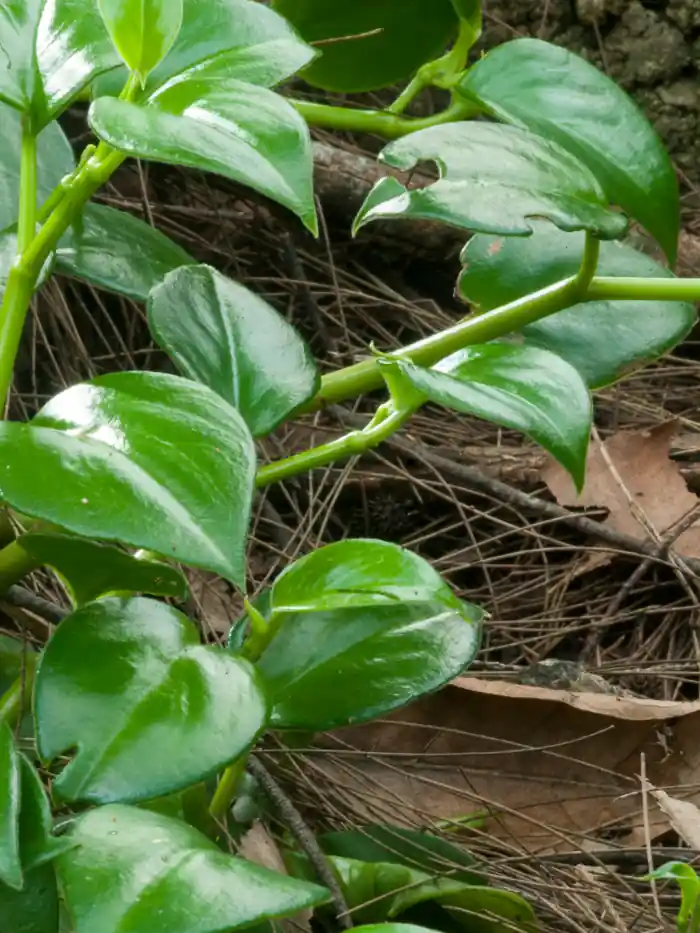
Philodendrons are a popular group of houseplants known for their green foliage with beautiful shapes. Most of them have large foliage that adapts them to dark rooms and bathrooms.
Their large glossy leaves help them trap the minimal light available in lowly-lit rooms and use it efficiently to manufacture food.
To take care of your philodendrons in low light conditions:
- Water once every two weeks.
- Fertilize monthly with water-soluble houseplant fertilizer.
8. English ivy (Hedera helix)
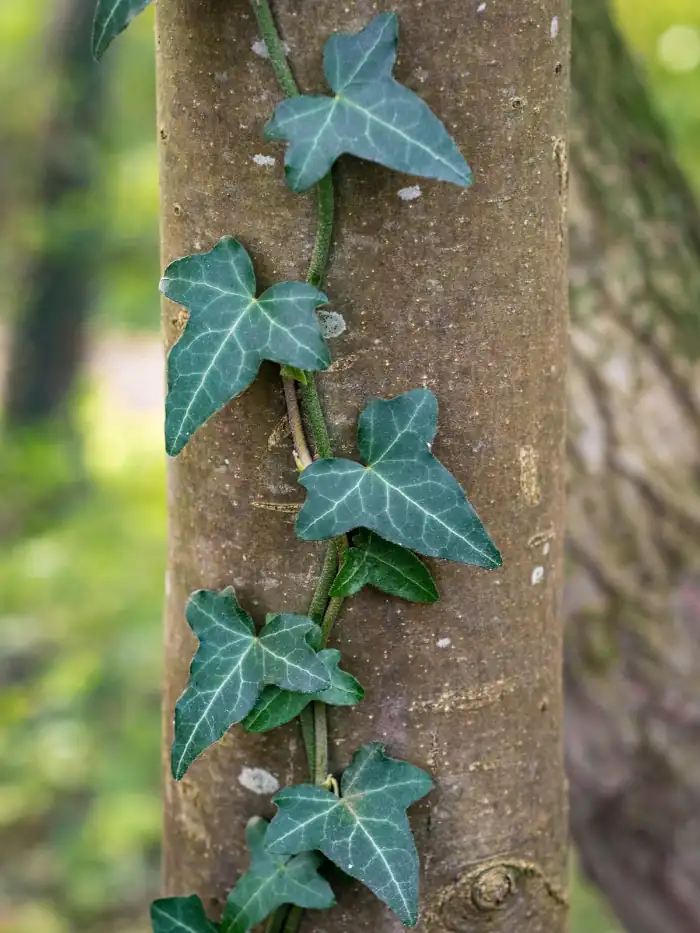
English Ivy is a popular indoor plant that can thrive in dark areas of the house. The plant has small, dark green leaves that can efficiently capture and use limited light.
To care for english ivy in low light conditions:
- Maintain temperatures of 50 to 70°F around the plant.
- Water once per week.
9. Cast iron plant (Aspidistra elatior)
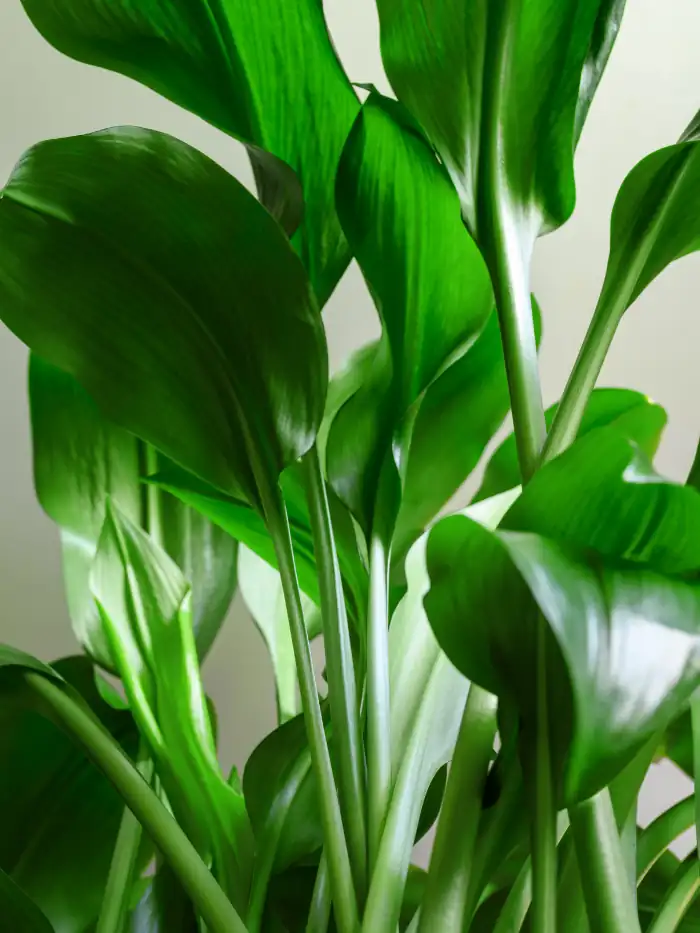
A cast iron plant is a hardy plant that can survive in very poorly-lit areas of the home. Its common name was derived from its ability to survive almost any condition, be it low light, underwatering, or overall neglect.
It has thick, waxy leaves that allow them to retain moisture and survive in places where light is very limited.
To care for your cast iron plant in low light conditions:
- Feed the plant once every two to three months.
- Water lightly once every week when the soil feels dry.
- Maintain average room temperatures around the plant.
10. Pothos (Epipremnum aureum)
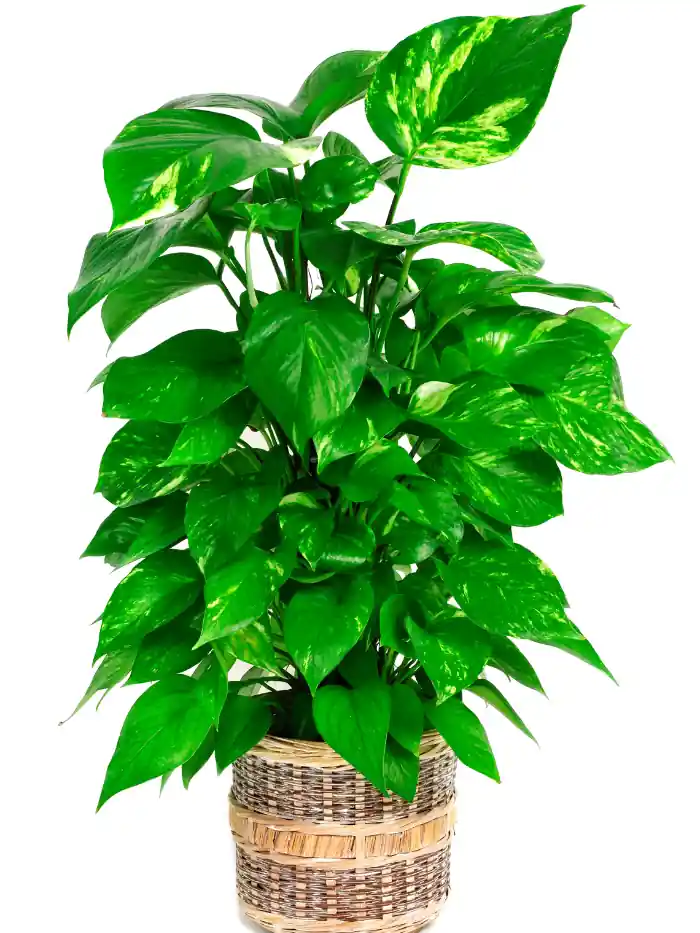
Pothos, also known as Devil’s Ivy, is a popular indoor plant known for its ability to thrive in low light conditions.
One key adaptation that enables Pothos to survive in low light is its ability to photosynthesize using very small amounts of light. The plant has large, waxy leaves that help it to absorb and use any available light efficiently.
For pothos to survive in dark rooms and bathrooms:
- Water once every two weeks. Overwatering will cause pothos leaves to turn yellow and also initiate root rot.
- Apply a 20-20-20 fertilizer 1-2 times a month.
- Maintain steady temperatures of 65°F and humidity levels between 40-50% all year round.
References
- NEBRASKA EXTENSION IN LANCASTER COUNTY: Houseplants and Low Light Conditions (lowlight houseplants)


